Help the people
When They Need
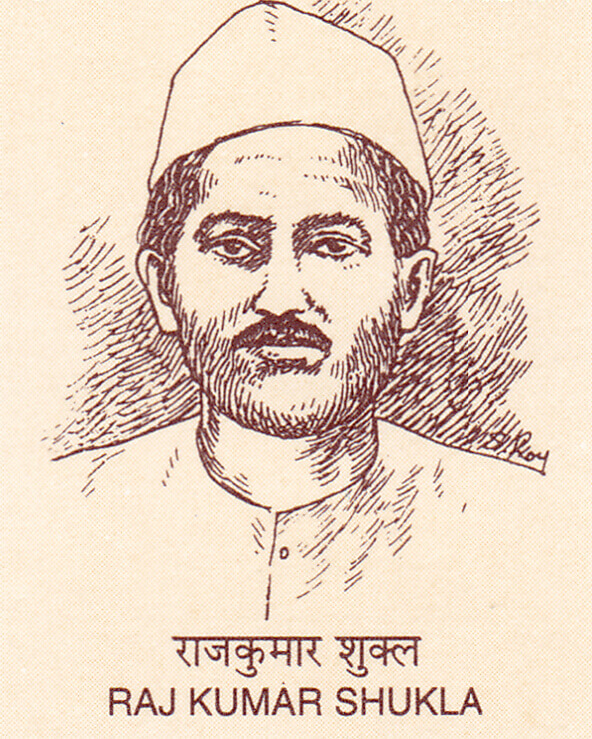
About Us

Raj Kumar Shukla (23 August 1875 – 20 May 1929) was the person who convinced Mahatma Gandhi to visit Champaran which later led to the Champaran Satyagraha. Shukla at the time paid well to work under Hafiz Din Mohammad and was sent to meet Gandhi.
During the 31st session of the Congress in Lucknow in 1916, Gandhiji met Raj Kumar Shukla, a representative of farmers from Champaran, who requested him to come and see for himself the miseries of the indigo ryots (tenant farmers) there. Gandhi later wrote in his autobiography “I must confess that I did not then know even the name, much less the geographical position, of Champaran, and I had hardly any notion of indigo plantations.
Shukla thus met Gandhi to make him aware of the plight of the cultivators in Champaran and persuaded him to go there. He was a known Indigo cultivator of the area as he was a money lender from village Murli Bharahwa near Narkatiyaganj in West Champaran, earning, according to his own statement before the enquiry committee set up by the provincial government, a sum of two thousand rupees a month from interest.

Lorem ipsum dolor sit amet, consectetur adipiscing elit. Ut elit tellus, luctus nec ullamcorper mattis, pulvinar dapibus leo.
AUSTERE | SIMPLE | AUTHENTIC
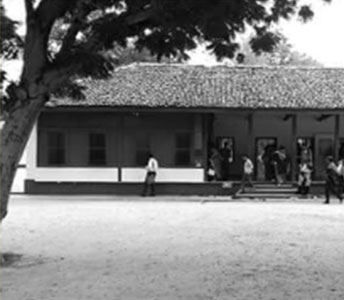

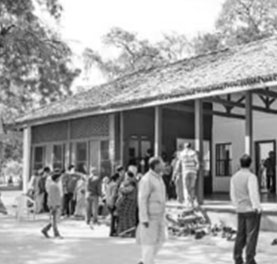
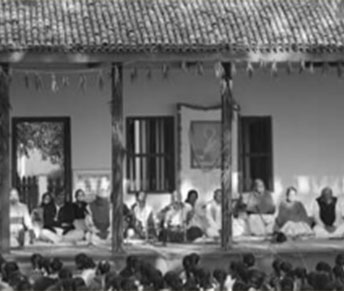

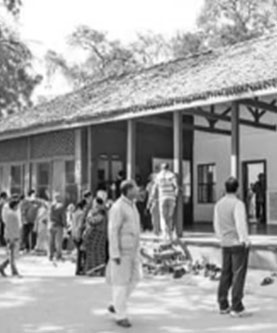
Write to us!

